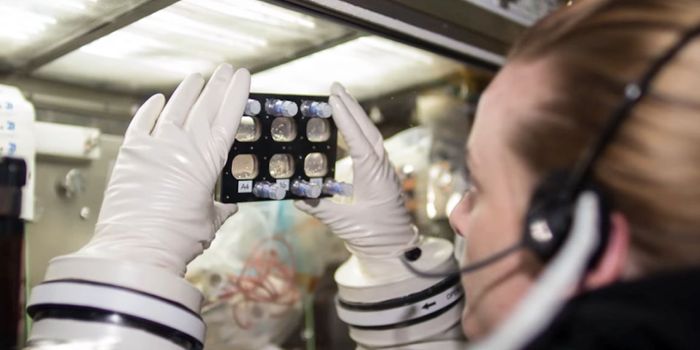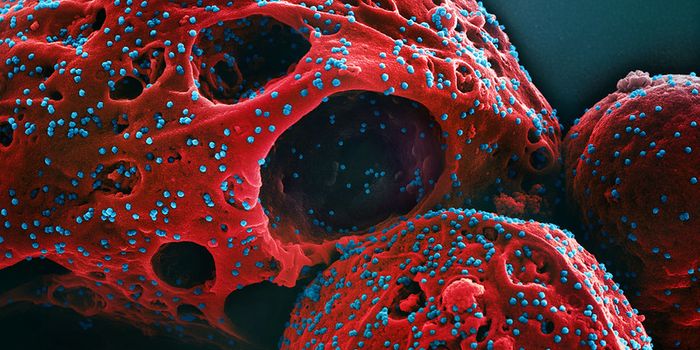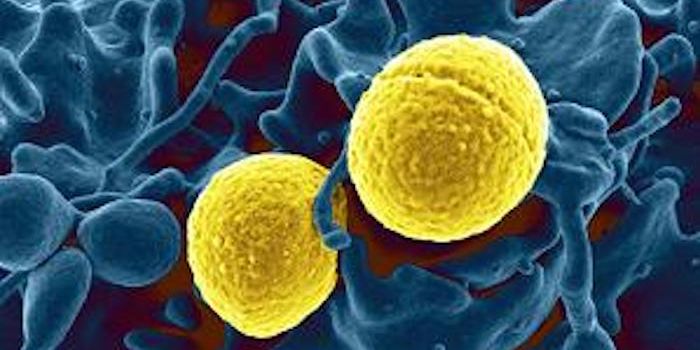Poxvirus Made Harmless After Removing One Gene
Poxviruses are deadly viruses that are known to infect both animals and humans. Cowpox and monkeypox can both spread from cows and monkeys to people, in whom they cause swollen lymph nodes, fever, skin lesions, and sometimes death. New research has shown that poxviruses can be rendered harmless by removing a single gene. The findings have been reported in Science Advances.
Viruses usually take over a host cell, using it to copy the viral genome so they can be released from that infected cell and go on to infect others. The human immune system can also recognize infected cells or the viral particles themselves, and direct an immune response against them. Poxviruses, however, are a little different. They have large genomes made of DNA (unlike viruses with RNA genomes), and they replicate in the cytosol of the cell but can remain there undetected somehow.
In this study, the researchers used a model of the human smallpox virus, called ectromelia virus (ECTV), which causes mousepox. It spreads through the mouse lymphatic system and moves on to vital organs where it replicates, causing the mouse to die quickly.
The researchers found that a gene, viral Schlafen (vSLFN) stops the cell from responding to the virus, enabling the infection to evade the immune system. When the gene was deactivated, the cell responded to it, and triggered a potent immune response. This response was enough to protect animals against a viral dose that was one million times higher than the level that would typically be lethal. Animals that were exposed to a modified virus without vSLFN wer protected from infection.
"Viruses, although minuscule, are very complex agents with very sophisticated strategies contained in their genetic material. But it is also this same genetic material that makes them vulnerable to cell recognition. The removal of vSLFN gene protected animal against mousepox, and we believe that that we may see the same results for other poxviruses," explained Dr. Carlos Maluquer de Motes, a Senior Lecturer in Molecular Virology at the University of Surrey.
This work may help improve vaccine efficacy and safety, and may provide new insights into how we combat infection.
"Our findings reveal the importance of activating the molecules responsible for the detection of the genetic material of microbes in the fight against viruses. In addition, they also suggest that mimicking the action of vSLFN may be a valid strategy to prevent auto-inflammatory and autoimmune diseases that are caused when the genetic material of cells is sensed by the immune system, promoting a reaction."
"Viral inhibition of DNA sensing prevents the induction of the type I IFN response and complements another viral mechanism to sequester type I IFN through the secretion of soluble IFN decoy receptors. This highlights the importance of the type I IFN response in the control of immunity," added Dr. Antonio Alcami of the Spanish National Research Council.
Sources: Phys.org via University of Surrey, Science Advances









